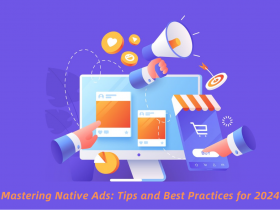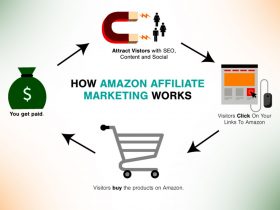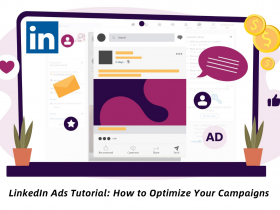In today’s digital age, mastering the art of writing and displaying Google Ads is crucial for businesses aiming to succeed in the competitive online landscape. Google Ads, a powerful advertising platform, allows you to reach your target audience effectively and efficiently. In this comprehensive guide, we will take you through a step-by-step journey to help you become a Google Ads maestro, from crafting compelling ad copy to strategically placing your ads for maximum impact.
Understanding Your Audience
Before you start writing your Google Ads, it’s essential to have a deep understanding of your target audience. Conduct thorough market research to identify their demographics, interests, pain points, and online behavior. This knowledge will serve as the foundation for creating ads that resonate with your potential customers.
Keyword Research
Keywords are the building blocks of Google Ads. Conduct comprehensive keyword research using tools like Google Keyword Planner and SEMrush to identify relevant and high-performing keywords for your ads. Focus on a mix of short-tail and long-tail keywords to capture a broader range of search queries.
Crafting Compelling Ad Copy
Your ad copy is the first impression you make on potential customers. Write concise, persuasive, and relevant ad copy that highlights the unique value proposition of your product or service. Use emotional triggers, benefits, and a clear call-to-action to encourage clicks.
- Create attention-grabbing headlines that include keywords and address the user’s needs.
- Use the description to elaborate on the benefits and features of your offering.
- Utilize ad extensions to provide additional information, such as site links, callouts, and reviews.
Designing Visually Appealing Ads
Visual elements play a significant role in attracting users’ attention. Create eye-catching visuals, such as images or videos, that align with your ad’s message. Ensure that your visuals are of high quality and relevant to your product or service.
Ad Campaign Structure
Organize your Google Ads into well-structured campaigns and ad groups. Each campaign should focus on a specific product or service, while ad groups should target related keywords. This structure enhances the relevance of your ads and improves your Quality Score, leading to better ad placements and lower costs.
Strategic Placement
Where you display your ads matters. Use Google’s targeting options to place your ads on relevant websites, in search results, or within specific geographic locations. Consider both the Google Search Network and Display Network to reach users actively searching for your product or browsing related websites.
A/B Testing
Continuous improvement is key to mastering Google Ads. Set up A/B tests to compare different ad variations, headlines, visuals, and calls-to-action. Analyze the performance metrics, such as click-through rates (CTR) and conversion rates, to determine which elements resonate best with your audience.
Monitoring and Optimization
Regularly monitor the performance of your Google Ads campaigns using the Google Ads dashboard or third-party analytics tools. Adjust your bids, ad schedules, and targeting settings based on real-time data to optimize your campaigns for better results.
Conversion Tracking and Analysis
Track and measure the conversions generated by your Google Ads. Use tools like Google Analytics to gain insights into user behavior after clicking on your ads. Analyze which keywords and ads are driving the most conversions and adjust your strategy accordingly.
Continuous Learning and Adaptation
The world of online advertising is constantly evolving. Stay updated with the latest trends, algorithms, and best practices in Google Ads. Adapt your strategies as needed to stay ahead of the competition and continue mastering the art of writing and displaying Google Ads.
Conclusion
Mastering the art of writing and displaying Google Ads requires a combination of creativity, strategic thinking, and data analysis. By understanding your audience, crafting compelling ad copy, strategically placing your ads, and continuously optimizing your campaigns, you can create a powerful online presence that drives traffic, engagement, and conversions for your business. Remember, success in Google Ads comes with patience, experimentation, and a commitment to delivering value to your audience.


















Leave a Reply